Properties
| Storage Buffer | PBS pH 7.4 |
| Storage Temperature | -80ºC |
| Shipping Temperature | Dry Ice. Shipping note: Product will be shipped separately from other products purchased in the same order. |
| Purification | Ion-exchange Purified |
| Cite This Product | Human Recombinant TTR Protein (StressMarq Biosciences Inc., Victoria BC CANADA, Catalog #SPR-451) |
| Certificate of Analysis | Certified >95% pure using SDS-PAGE analysis. |
| Other Relevant Information | For corresponding PFFs, see catalog# SPR-464 |
Biological Description
| Alternative Names | Amyloid polyneuropathy Protein Monomer, Amyloidosis I Protein Monomer, ATTR Protein Monomer, Carpal tunnel syndrome 1 Protein Monomer, CTS Protein Monomer, CTS1 Protein Monomer, HEL111 Protein Monomer, HsT2651 Protein Monomer, PALB Protein Monomer, Prealbumin Protein Monomer, Prealbumin amyloidosis type I Protein Monomer, Prealbumin Thyroxine-binding Protein Monomer, TBPA Protein Monomer, Thyroxine binding prealbumin Protein Monomer, Transthyretin Protein Monomer, TTHY_HUMAN Protein Monomer, TTR Protein Monomer, TTR protein |
| Research Areas | ALS Disease, Alzheimer's Disease, Blood, Cardiovascular System, Cell Signaling, Lipid and lipoprotein Metabolism, Metabolism, Neurodegeneration, Neuroscience, Parkinson's Disease, Tangles & Tau |
| Cellular Localization | Cytoplasm, Extracellular exosome, Extracellular Region, Lysosome |
| Accession Number | NP_000362.1 |
| Gene ID | 7276 |
| Swiss Prot | P02766 |
| Scientific Background | Transthyretin is a transport protein in the serum and cerebospinal fluid that carried the thyroid hormone Thyroxine and retinol-binding protein bound to retinol. TTR misfolding and aggregation is known to be associated with the amyloiddiseases SSA, FAP and FAC (1-5). TTR is also thought to have beneficial side effects, such as binding to beta-amyloid protein, preventing beta-amyloid from accumulating into the plaques associated with Alzheimer's Disease (6). The L55P variant TTR is distinct from the other variants in that the L55P tetramer can dissociate to the monomeric amyloidogenic intermediate and form fibril precursors (7). |
| References |
1. Zeldenrust S.R., Benson M.D. (2010). Wiley. pp. 795–815. 2. Westermark P., Sletten K., Johansson B., Cornwell G.G. (1990). Proc. Natl. Acad. Sci. U.S.A. 87(7): 2843–5. 3. Andrade C. (1952). Brain. 75(3): 408–27. 4. Coelho T. (1996). Curr. Opin. Neurol. 9(5): 355–9. 5. Jacobson D.R, et. al. (1997). N. Engl. J. Med. 336(7): 466–73. 6. Li X. (2011). Mol Neurodegener. 6(1):79. 7. Lashuel H.A., Wurth C., Woo L., and Kelly J.W. (1999) Biochem. 38(41): 13560-13573. |

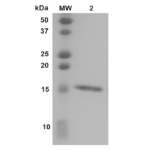
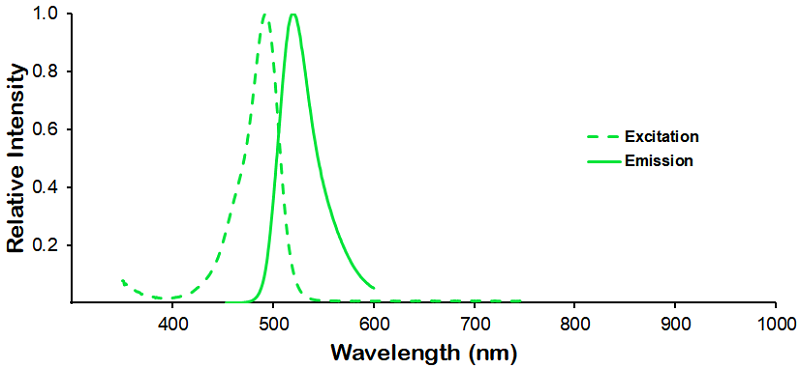
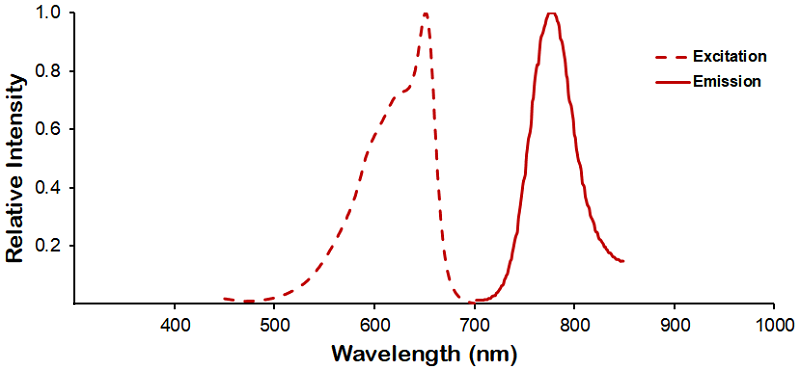
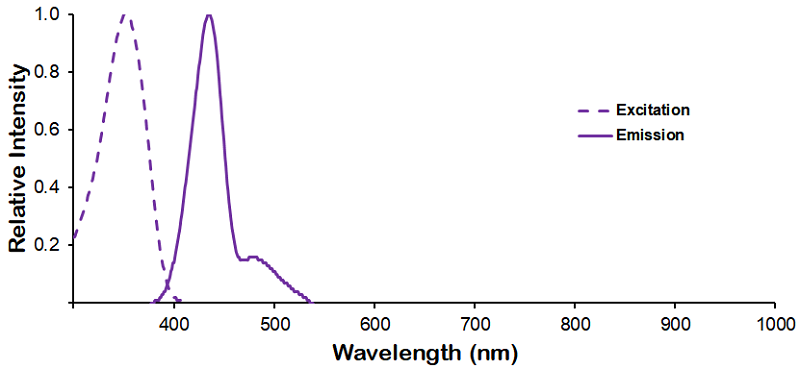
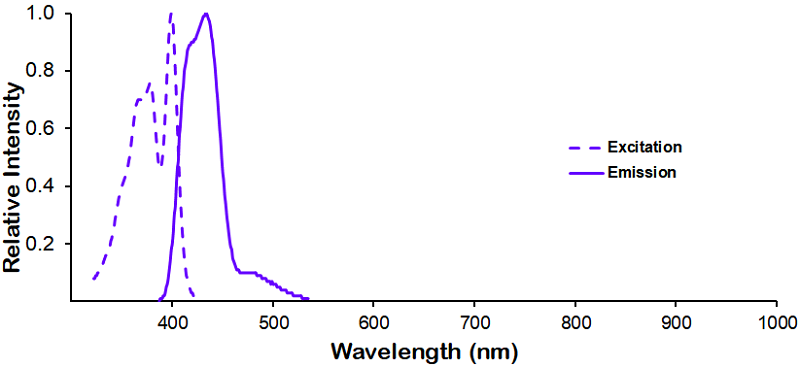
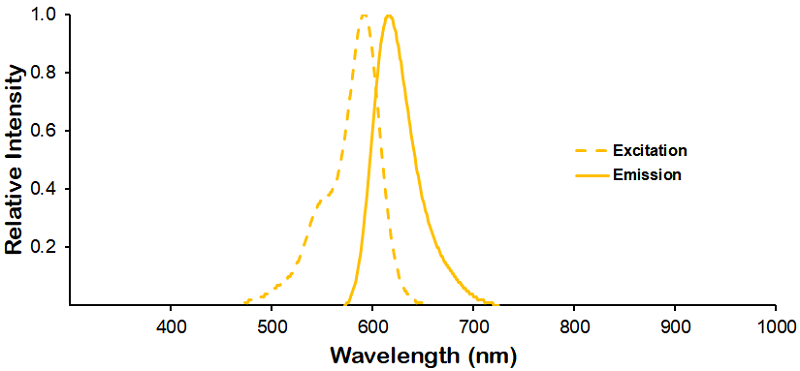
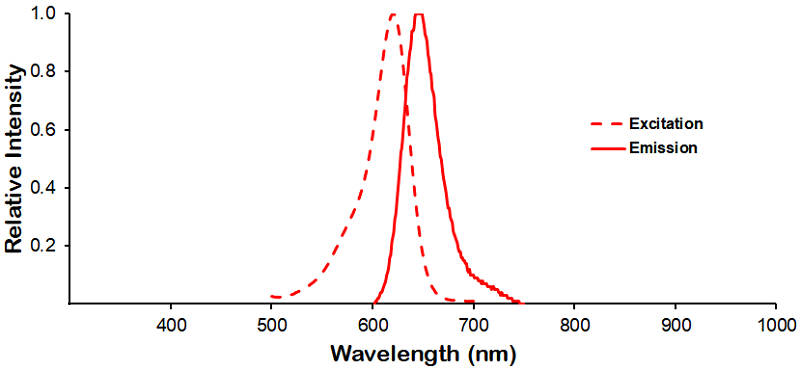
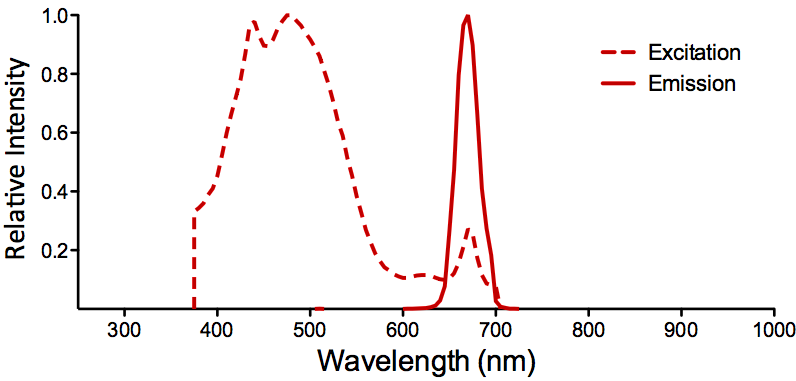
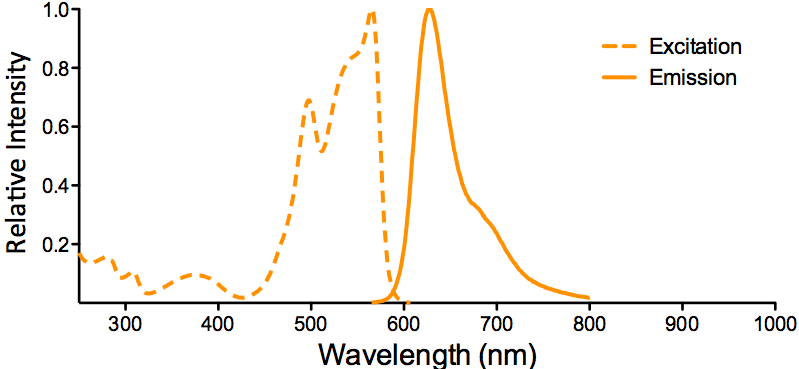
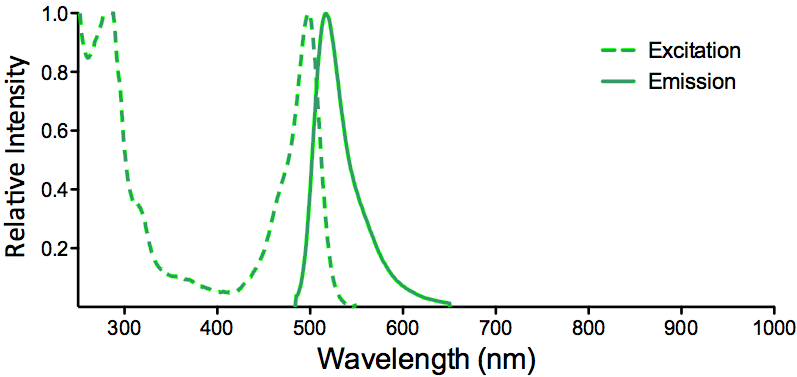

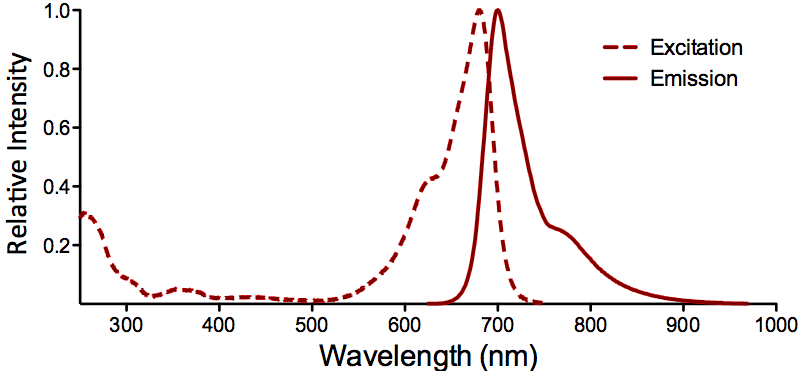
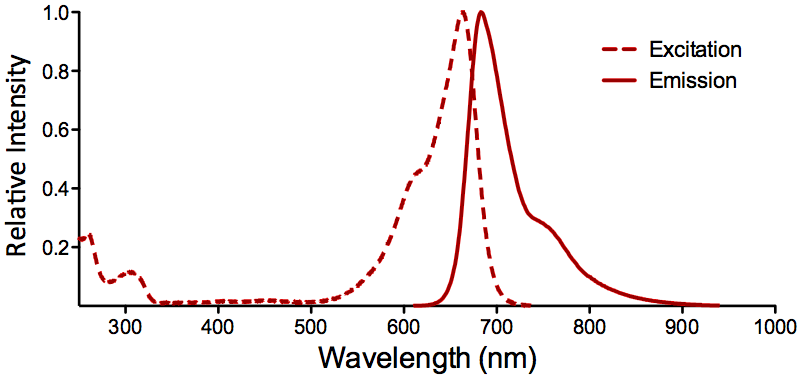
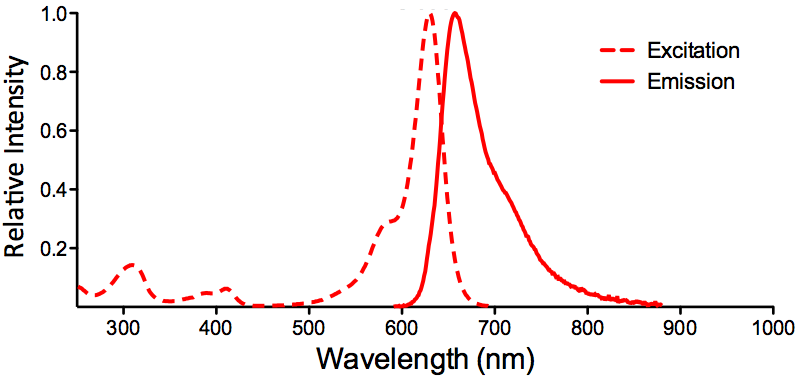
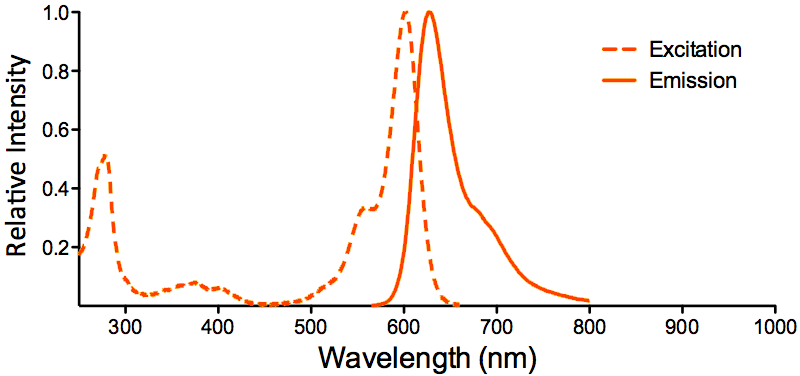
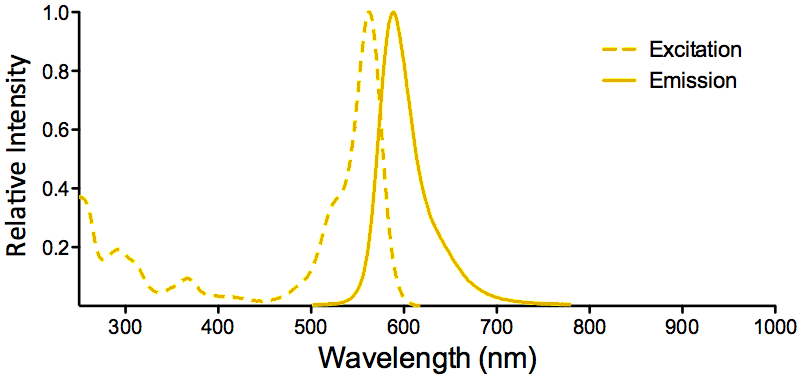
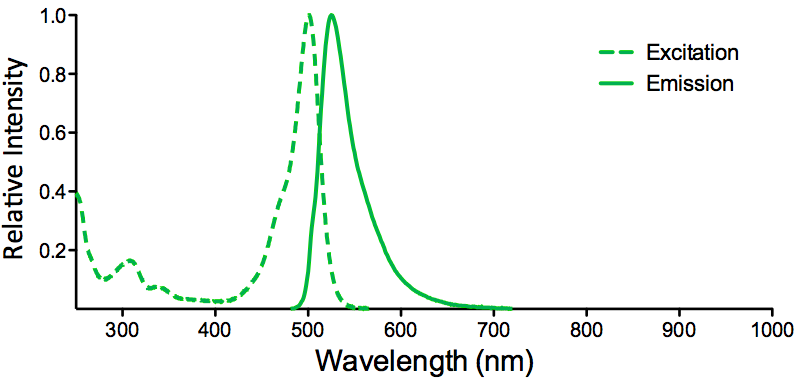
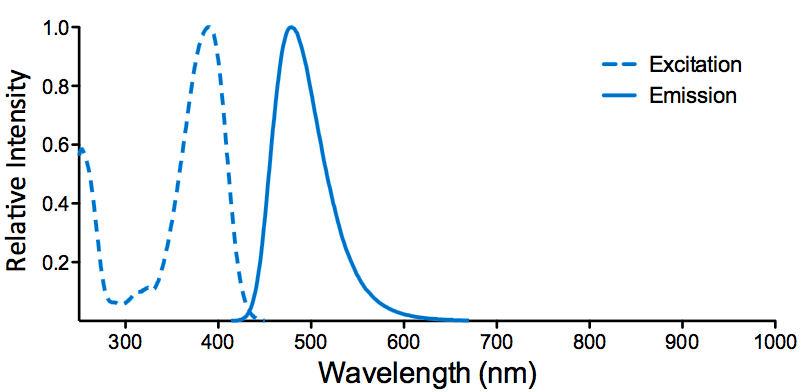

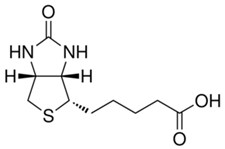

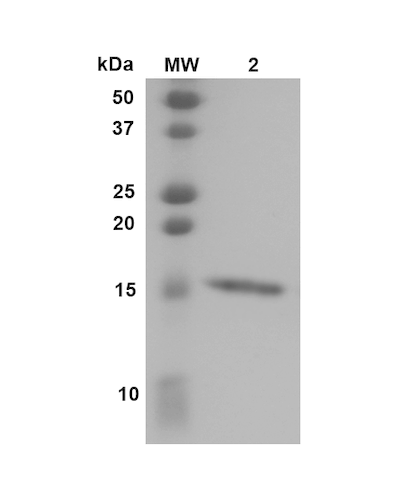
Reviews
There are no reviews yet.